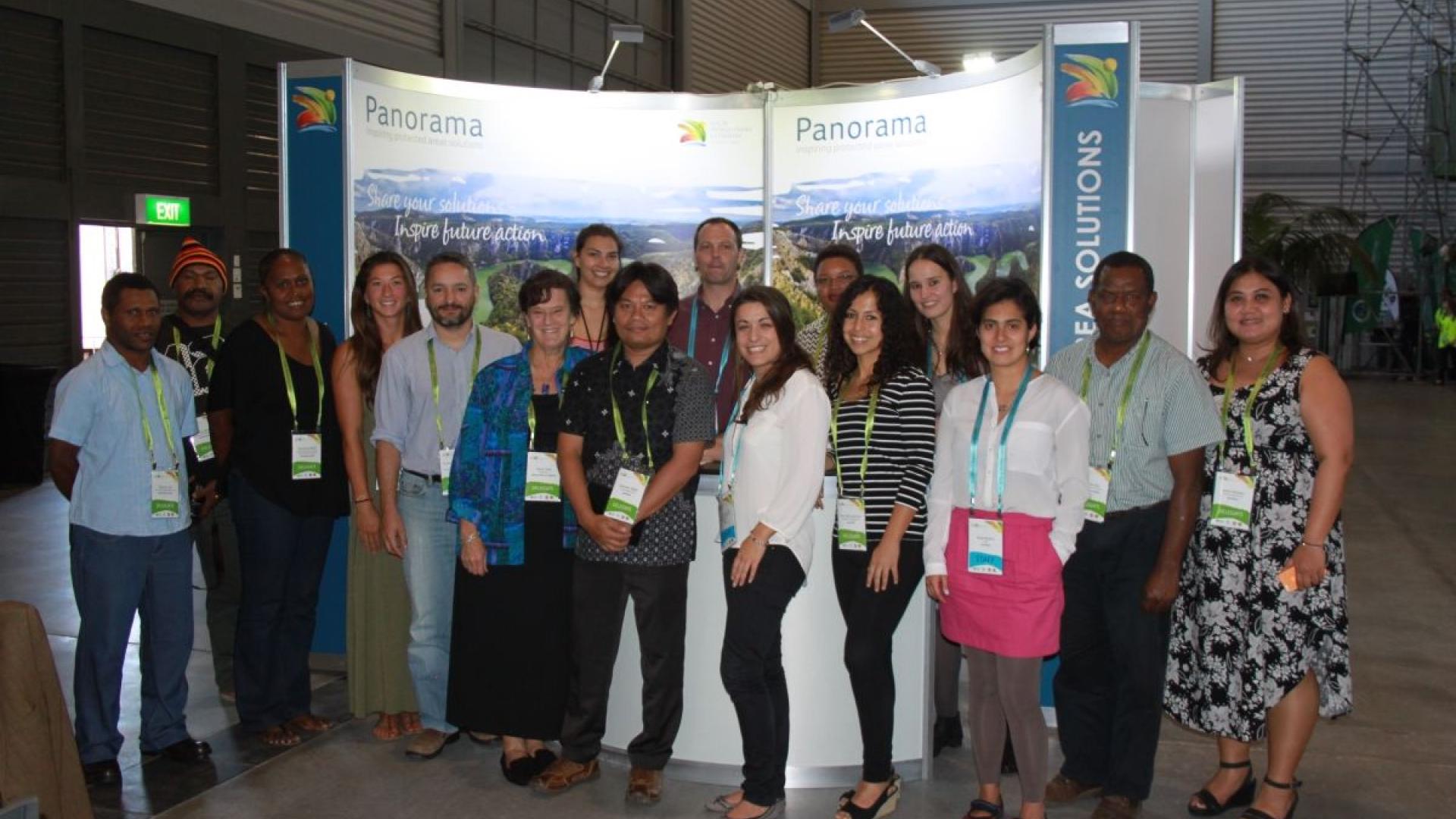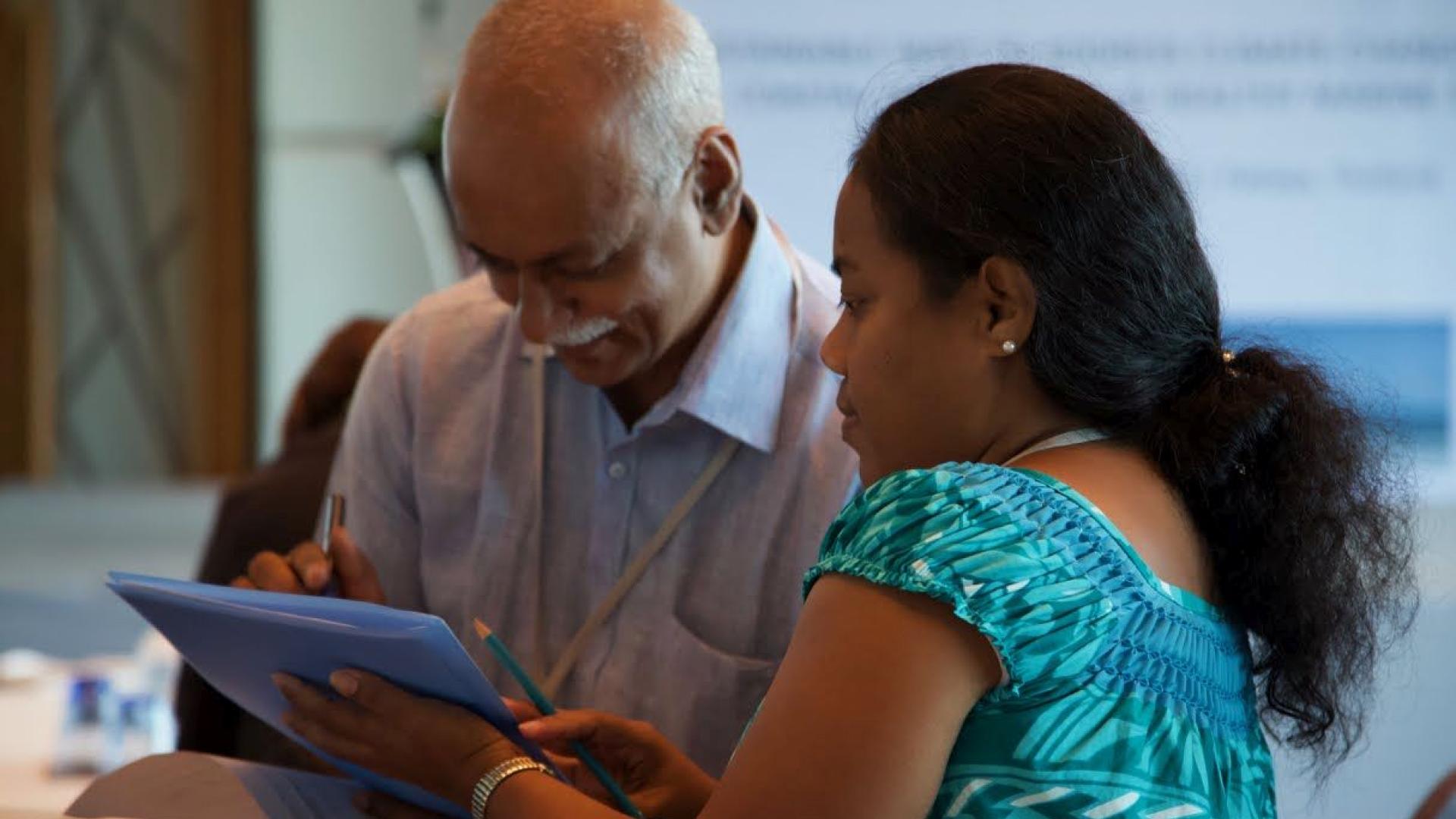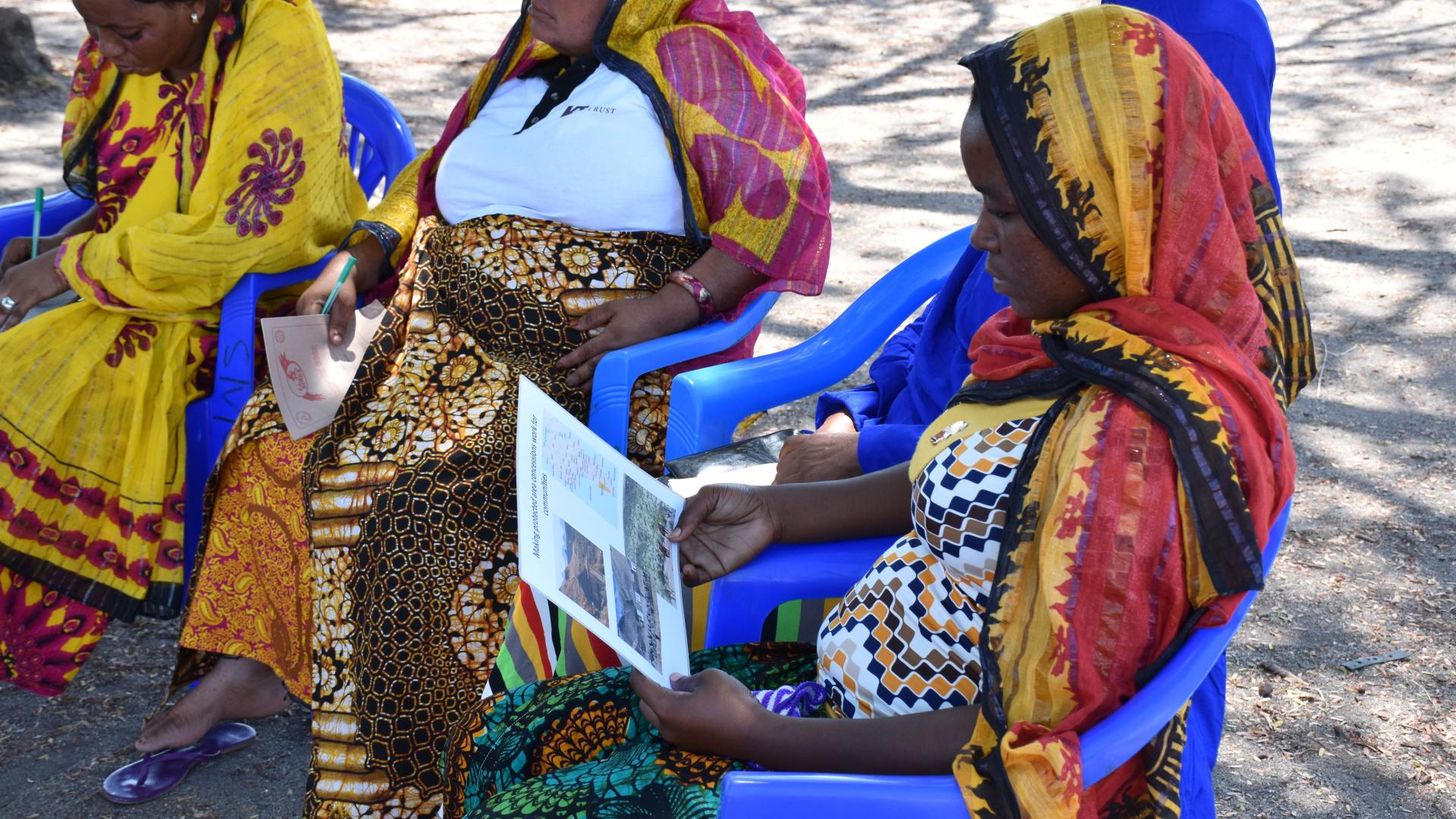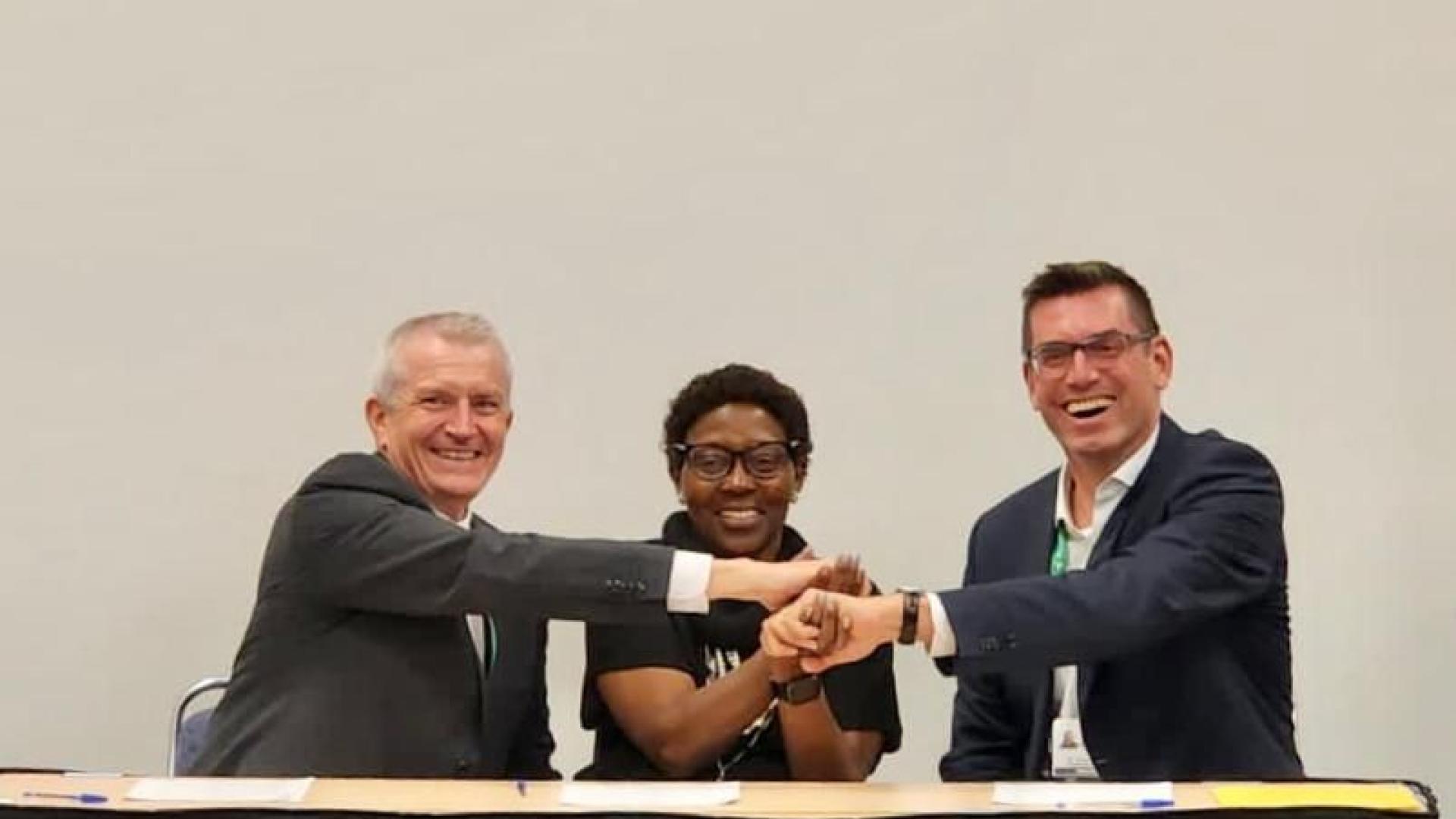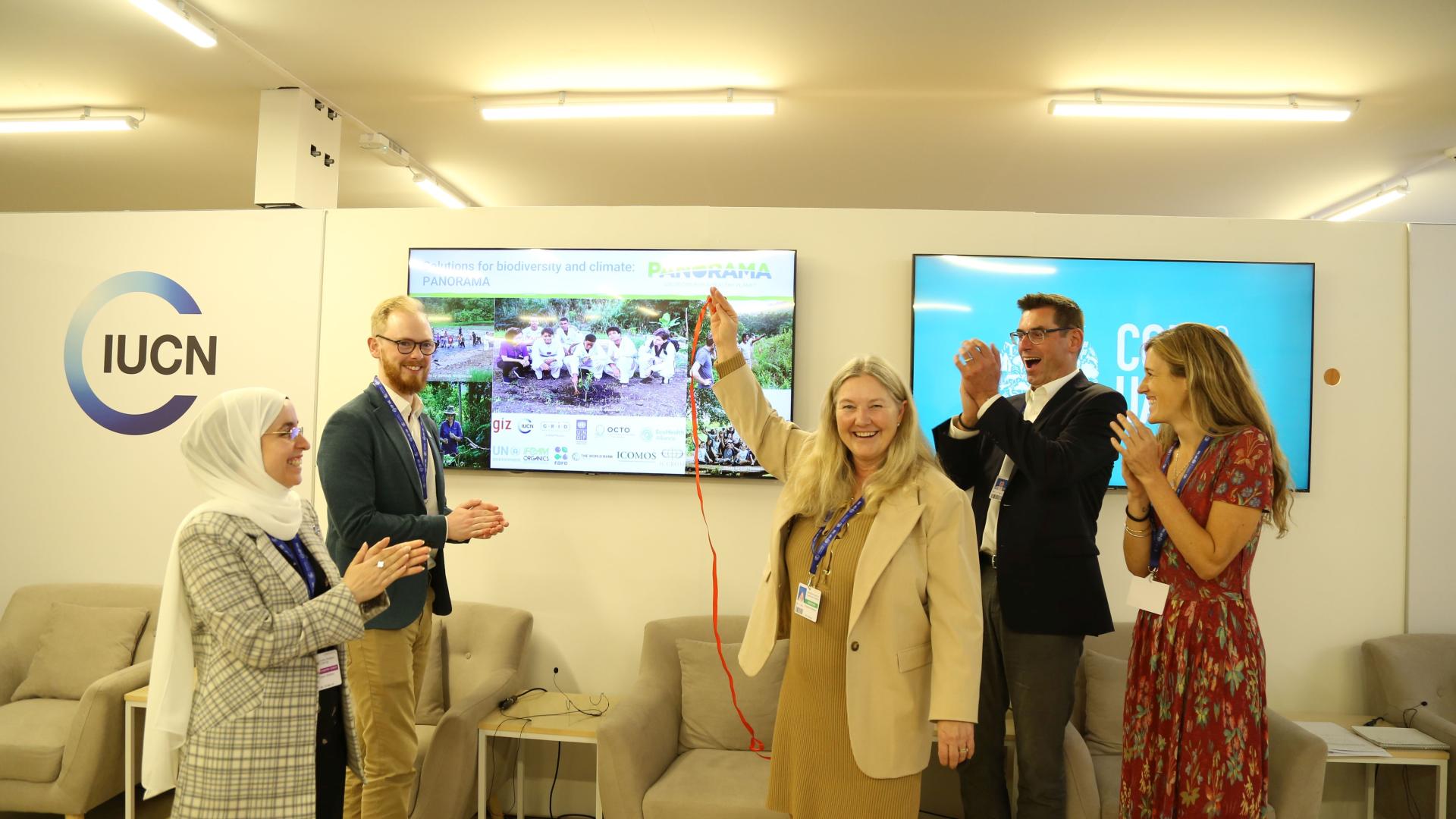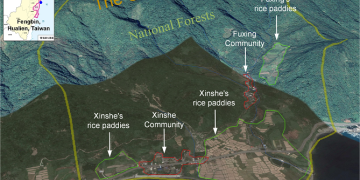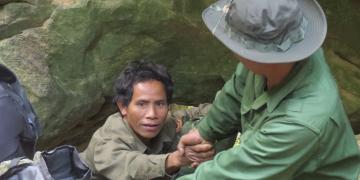It was after the agreement of the 2010 Aichi Targets, 20 global biodiversity goals set by the Parties to the Convention on Biological Diversity, that several agencies began to promote the idea of shifting focus from learning from conservation failures to replicating successes.
Shortly thereafter, Blue Solutions, a global knowledge sharing project focused on marine and coastal ecosystems led by GIZ, started in 2013. But Blue Solutions was designed to focus on the marine environment, its scope did not include conservation and sustainable development activities based on dry land.
The IUCN World Parks Congress in 2014 marked a significant shift in the perception and approach towards conservation, emphasizing a more holistic view, "it was really the first time that protected and conserved areas were placed as part of a wider development narrative,” says Marie Fischborn, IUCN PANORAMA Coordinator.
“So those are not just sites that are about protecting endangered species and ecosystems and the services they provide,” Marie continues. “They really also have benefits in terms of… carbon storage and climate adaptation and human development, as well as socio-economic benefits, such as providing income and employment for people. And that narrative was quite new at the time.” As part of the outcomes of the Congress, IUCN and partners started building up a portfolio of “inspiring protected area solutions”, or case studies that illustrate how protected and conserved areas provide these wider benefits.
This led to the launch of a prototype web platform in 2015 where the name PANORAMA emerged. At first this beta platform primarily hosted Blue Solutions case studies, but it was expanded and adapted to become the current website that solution providers and development practitioners have come to know and love since it’s official launch in 2016.
Since then, PANORAMA has grown tremendously, with new Communities, or interlinked themes, being added regularly – growing from the initial two themes (marine and coastal; protected and conserved areas) to seven in 2020, and 11 by 2022. From a modest 7,800 visits in 2016, the web platform has expanded its reach to around 250,000 visits annually. PANORAMA is now widely recognized as a valuable resource, an initiative that is uniquely placed to connect local solutions from the field with global policy processes, making practitioner knowledge available like few others do.
“The scope of ‘Solutions’ within PANORAMA is broad, encompassing themes ranging from biodiversity conservation to restoration, and sustainable urban development,” says Helga Mahler, GIZ PANORAMA Coordinator.
“This variety enables practitioners in different fields to find and adapt relevant strategies to their specific contexts,” she continues.

